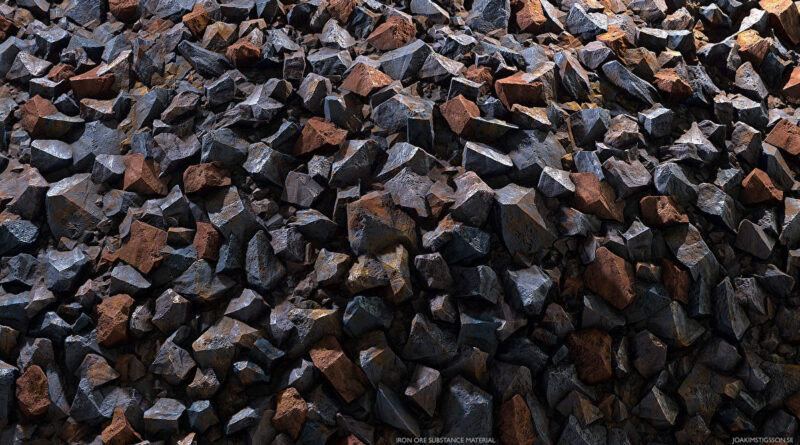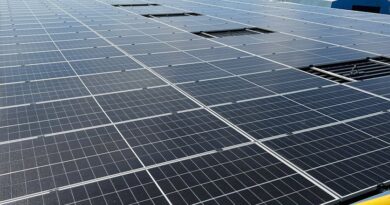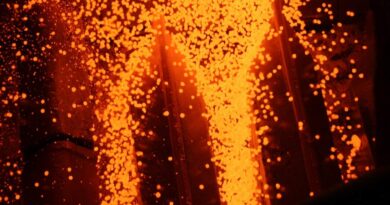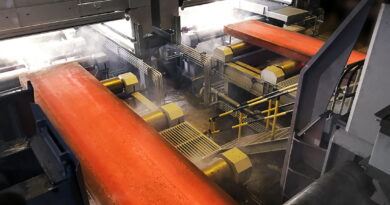Kumba total production increases by 11% in Q3 2021
Production increased to 10.8 Mt, while equipment breakdown at Saldanha Port and weather disruptions affecting ship movements at the port led to lower sales of 10.1 Mt. Due to rail and port logistics performing below planned levels, our full year production and sales are expected to be at the low end of guidance at 40.5 Mt and 39.5 Mt, respectively, Kumba’s Chief Executive, Themba Mkhwanazi, said.
On the market front, steel production cuts in China have weighed on iron ore prices in recent months. However, increased sales to markets outside of China have supported an average year to date realised price of US$181 per wet metric tonne (wmt) for the third quarter, 17.5% above the benchmark price. Overall, we are seeing ongoing market recognition for the premium quality properties of our iron ore products, including for their carbon emission reduction properties in the steelmaking process.
MINING, PRODUCTION AND UNIT COSTS
Mining stability increased in the third quarter of the year (the “period”) following improved pit conditions and equipment availability. While total waste mining of 56.8 Mt is 3% below the 58.8 Mt achieved in Q3 2020 (“the comparative period”), good progress has been made relative to the first two quarters of the year (Q1 2021: 40.3 Mt and Q2 2021: 54.3 Mt).
Waste stripping was driven by a 6% increase at Sishen Mine to 40.7 Mt (Q2 2021: 38.6 Mt) and a 2% increase at Kolomela to 16.1 Mt (Q2 2021: 15.8 Mt). This is a result of improvements in shovel set up and haul truck payload demonstrating the effectiveness of the mining recovery plan.
Iron ore production performance continued to improve reflecting increased plant availability and reliability supported by our “Stable and Capable” programme as part of the operating model and defect elimination initiatives.
Total production increased by 11% to 10.8 Mt (Q3 2020: 9.5 Mt), with Sishen Mine production increasing by 14% to 7.5 Mt (Q3 2020: 6.6 Mt) and Kolomela by 6% to 3.3 Mt (Q3 2020: 3.1 Mt).
Strong production combined with Transnet rail performing below expected levels, has resulted in materially higher levels of stock at the mines. We therefore expect to limit production in the months ahead and to finish the year at the low end of the production guidance range at 40.5 Mt.
Since the first half of the year, rising diesel prices and slower than anticipated ramp-up in operational efficiencies and cost savings have led to an upward revision in Sishen’s unit cost guidance from R410 – R420/t to R430 – R440/t. Kolomela’s unit cost guidance has been maintained at R305 – R315/t and total C1 unit costs remain at US$40/t.
LOGISTICS, SALES AND THE MARKET ENVIRONMENT
Total sales improved by 9% in the period to10.1 Mt relative to volumes of 9.2 Mt in Q2 2021 despite equipment breakdown and weather-related disruptions. However, total sales decreased by 9% relative to the 11.1 Mt achieved in the comparative period.
Transnet is currently carrying out a 5-week refurbishment programme at Saldanha Port. Given some interruptions experienced, there is a risk of overruns to that period. As a result, the sales guidance is also expected to be at the low end of the full year range at 39.5 Mt.
Year to date, Kumba achieved an average lump:fine ratio of 69:31(YTD Q3 2020: 67:33) and Fe content of 64.1% (YTD Q3 2020: 64.3%). This translated into an average year to date realised FOB export iron ore price of US$181/wmt (equivalent to US$184/dmt), outperforming the average benchmark Platts 62 index FOB price of US$154/wmt (equivalent to US$157/dmt).




